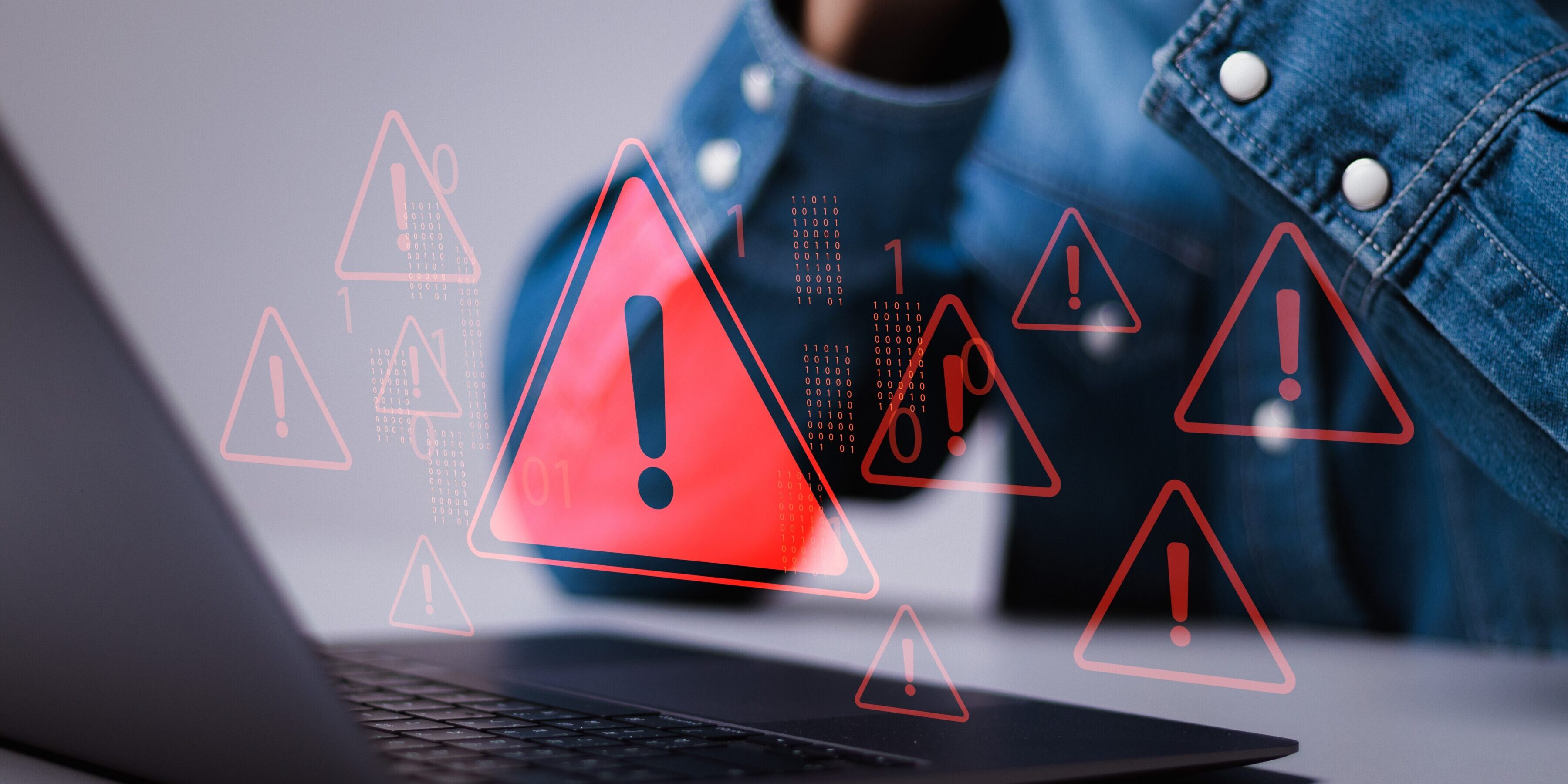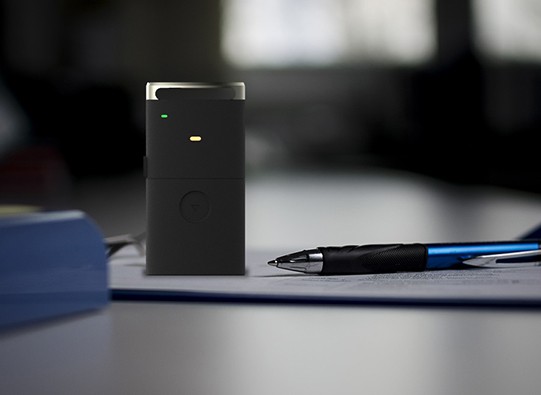
The First Breach Will Cost You More Than MFA Ever Will
In 2024, the average cost of a data breach reached $4.88 million, according to IBM’s annual report—a 10% increase from the previous year. The message is loud and clear: investing in preventative cybersecurity tools is no longer optional. And among those tools, multi-factor authentication (MFA) continues to rank as one of the most effective defenses—yet remains underutilized in many workplaces.
A Pattern of Regret After the Breach
Again, organizations find themselves facing the same grim realization: basic security measures could have saved them from devastating losses.
Take the Colonial Pipeline attack in 2021. The breach halted fuel distribution for days and led to a $4.4 million ransom payment in several hours. A post-incident review highlighted that stronger identity access controls, could have blocked the attacker from gaining access.
In another case, CMA CGM, one of the world’s largest shipping companies, suffered a breach that forced the shutdown of internal systems and email worldwide. CMA CGM estimated the financial impact of the incident to be in the tens of millions of dollars, with one report putting the potential cost as high as $50 million.
As Katie Moussouris, Founder and CEO of Luta Security, emphasizes: “Security isn’t a feature — it’s a mindset.” Companies tend to wait until after a breach to invest—by then, the stakes are far too high.
MFA: A Simple Layer With outsized Impact
“There’s no silver bullet in cybersecurity; only layered defense works.” said James Scott, a Senior Fellow of Institute for Critical Infrastructure Technology. Multi-factor authentication isn’t new, and it isn’t complex—but it’s consistently effective. Microsoft has said that MFA can block over 99% of account compromise attacks. Yet, many organizations still rely on passwords alone, even on shared workstations or remote access points.
One common misconception? That MFA is too expensive or too complicated to deploy at scale. But compare that cost with the potential fallout of even a single security incident—not just financial losses, but compliance penalties, customer churn, and long-term brand damage.
Cyber Insurance Is Now Asking: Do You Have MFA at the Workstation?
The rise in ransomware and credential-based attacks hasn’t gone unnoticed by the insurance industry. Cyber insurance providers now routinely require MFA as a prerequisite for coverage, especially at vulnerable points like shared computers or remote access portals.
“Insurers are asking about MFA—do you have it at the workstation level?” notes one cybersecurity analyst advising mid-sized manufacturers. “They’ve learned the hard way that a single weak link—like a kiosk or shared terminal—can bring down an entire operation.”
Compared to breach costs, the investment in a hardware-backed MFA system is modest. Solutions like GateKeeper, which offer token-based access with a PIN layer, are purpose-built for environments where password fatigue, shared devices, or strict compliance needs (like CMMC or ITAR) make traditional MFA difficult to implement.
The bottom line? The cost of doing nothing is far higher than the cost of securing your access points.
The first breach doesn’t just cost money—it can cost trust, customers, and control. And for most organizations, that’s a price too high to pay.
Finally, see GateKeeper Enterprise advanced MFA in action.
Take a self-guided tour of how you can evolve from passwords. Then you're really saving time with automation.




